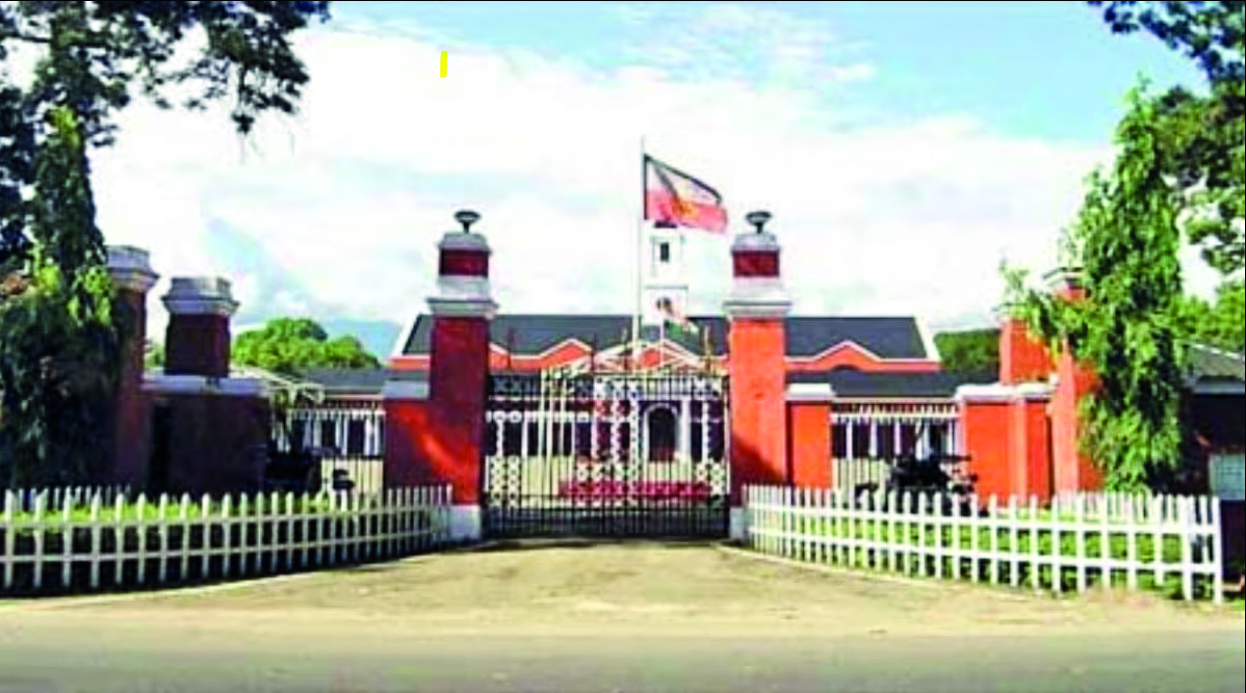Dialectic delight
At the seventh edition of Valley of Words, senior students from government-sponsored institutions will come together to participate in the fourth pan-India school debate, gaining exposure to each other and developing a strong inter-institutional connect

Three knowledge organisations — the Valley of Words (VoW), the Rashtriya Indian Military College (RIMC), and the Samkhyaa Foundation — have come together to engage with young, bright minds to debate the future of the planet at a time when the world is facing the spectre of war in Europe and Palestine, based on legacy fault lines with no clear cut directions for resolution, besides issues like climate change and intergenerational equity. The fourth pan-India school debate in the seventh edition of VoW for senior students from government-sponsored institutions which cater to children from all strata of society, viz Kendriya Vidyalayas, Navodaya Vidyalas, Eklavya Schools, Sainik Schools, BSF schools besides the RIMC and the Him Jyoti school of Dehradun, is on ‘The UN is dead: Long Live G 20’!
But before we discuss why the subject was chosen, especially in the weeks after India has given up the presidency of this forum, let us take a look at the background of the RIMC and the participating institutions as well as the Samkhyaa foundation, for many readers are probably aware of the Valley of Words, and its activities across genres of literature and the world of arts, crafts and livelihoods. The RIMC is one of the oldest educational institutions of the country, and the first of its kind to train teenagers to opt for a career in the defence forces at a time when entry to the officer corps of the Army was quite restricted. It is still the only institution in the country which has its cadets from every single state of the country – thereby fostering a sense of national integrity like none else. Much like the National Defence Academy, Khadakwasla, Officers’ Training Academy, Chennai, and Indian Military Academy, Dehradun, it is an institution dedicated to training its cadets to put their best foot forward in the defence of the country. From the last year, it has broken yet another male bastion by including girl cadets in its ranks .
Then we have the Sainik schools – one for each state which were established just after independence to motivate young men and women to take up a career in the defence services. Unlike the RIMC which is directly under the ministry of defence, the Sainik schools are a fine partnership between the central and the state governments. Here too the emphasis is on the all-round personality development of students and gearing them to take the NDA exam.
In addition to the RIMC and the Sainik schools, the Government of India also established a series of Kendriya Vidyalayas to cater to the needs of the wards of transferable government employees, the bulk of whom were again connected with the defence establishments. Every cantonment town had one or more Kendriya Vidyalayas — the USP being that all schools had the same syllabus, and nearly the same chapter was being taught across the country. So, even in the event of a transfer of an officer or jawan from Jammu to Siliguri, his son or daughter would not lose out on learning. As BSF expanded as a force of nearly three lakh border-men posted in the frontier areas, BSF schools also came up in the frontier headquarters with similar objectives. In the mid-eighties, the Central government took the initiative of establishing state-of-the-art residential schools in every district of the country to provide quality ‘boarding school’ education for the meritorious students. In fact, the track record of Navodaya Vidyalaya students in the competitive exams is very good. Railways too had their schools for children of railway employees, and now the Government of India has also established Eklavya schools in the predominantly tribal districts of the country. The Him Jyoti school for girls was established by the then Governor of Uttarakhand, Sudarshan Agarwal, for students of government schools to encourage them to compete with the best residential schools of Dehradun — the education hub of India .
A question may well be asked. Why restrict the competition to these schools alone? The idea was to give the students an exposure to each other, and to provide an inter-institutional connect among these schools which have been established by different departments of the government, albeit with nearly the same objective. In the choice of subjects of the debate, the idea was to give them a chance to think out of the box and engage in critical discourses. The subjects chosen in the previous years have included issues like the impact of cricket on all the other sports, the role of Bollywood in popularising Hindi and whether or not English is an Indian language. In selecting the subject of the debate, the effort has been to ensure that good arguments can be raised by both the proponents and the opponents – for that is what makes the debate meaningful and interesting.
The bilingual debate has prizes for the best speaker and the runners up in both Hindi and English. The prizes are sponsored by the Samkhya Foundation, established to honour the legacy of late Brigadier Ajit Kumar Mitra, AVSM, who played a stellar role in the formation of the first government of Bangladesh in exile in early 1971, and whose documentation of that period is now an invaluable resource in the reconstruction of the history of Bangladesh, as well as of the 1971 war. The focus of the Foundation is to generate knowledge across specific verticals of military strategy and geopolitics, the history of the Indian sub-continent and future technologies which will come to the aid of the jawans and kisans of India.
The writer, a former Director of LBS National Academy of Administration, is currently a historian, policy analyst and columnist, and serves as the Festival Director of Valley of Words — a festival of arts and literature.




